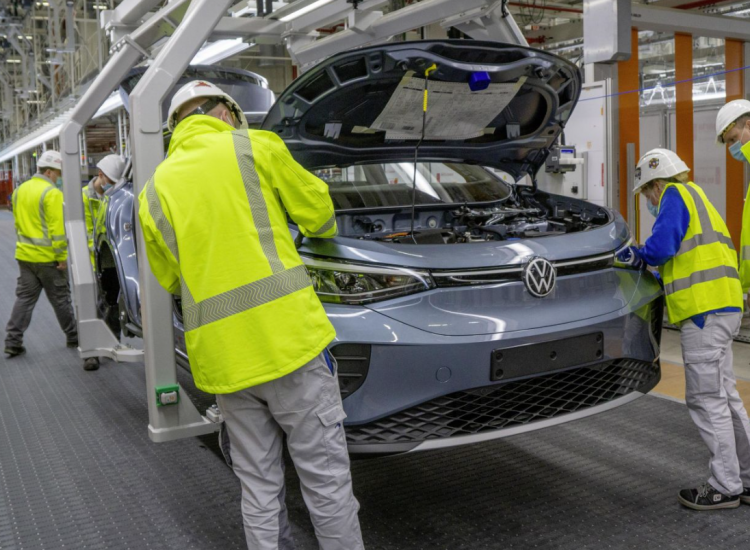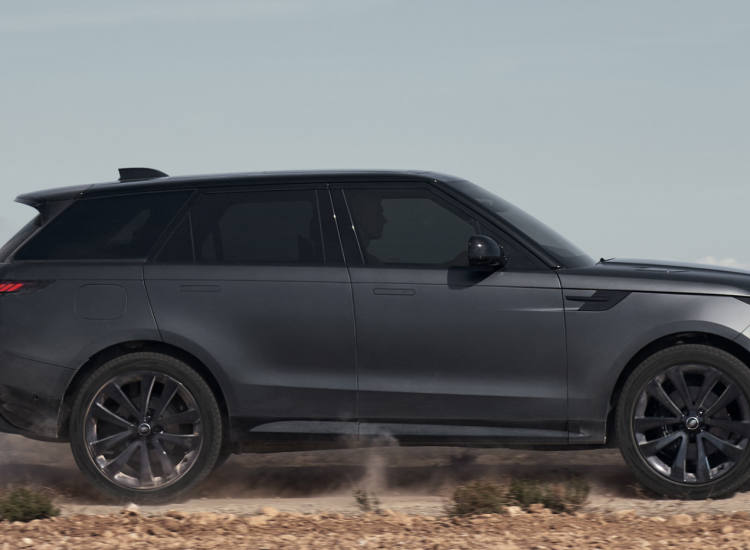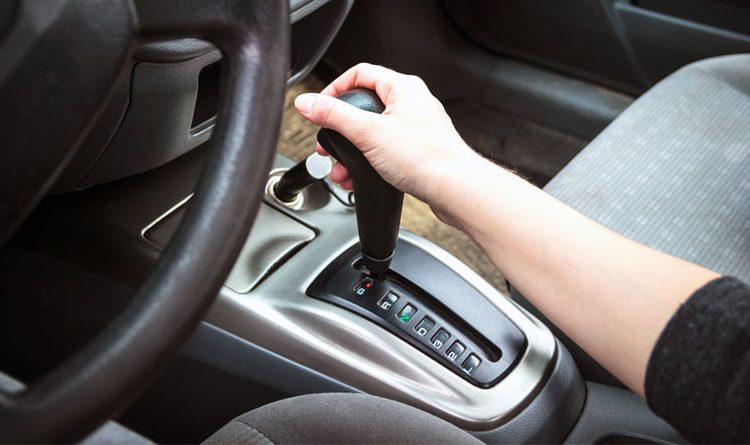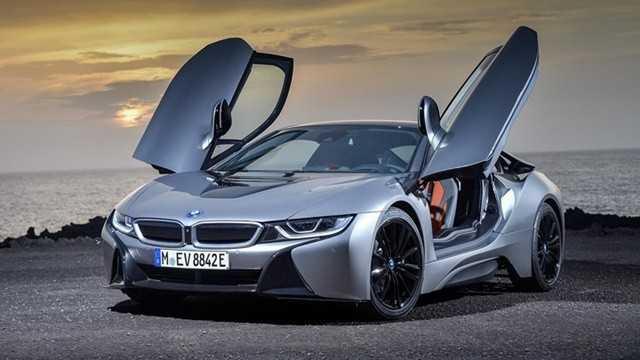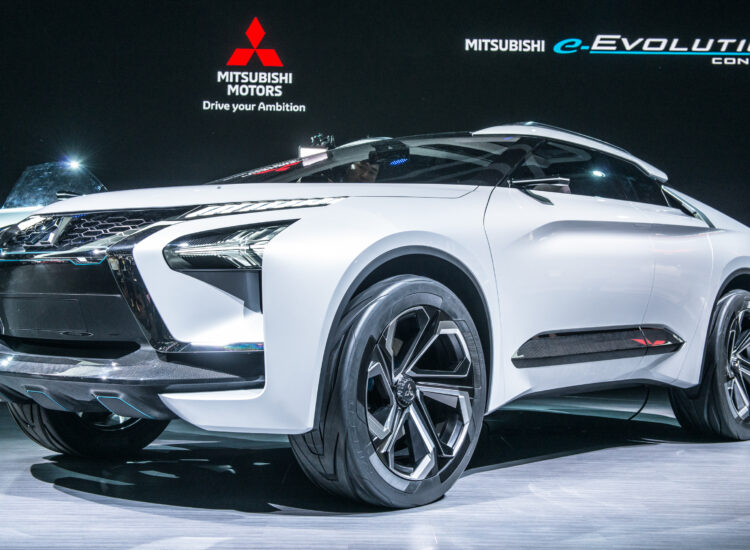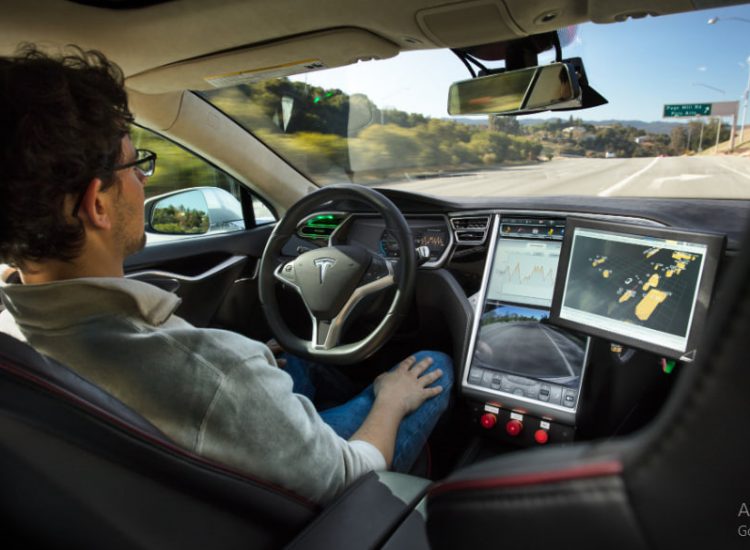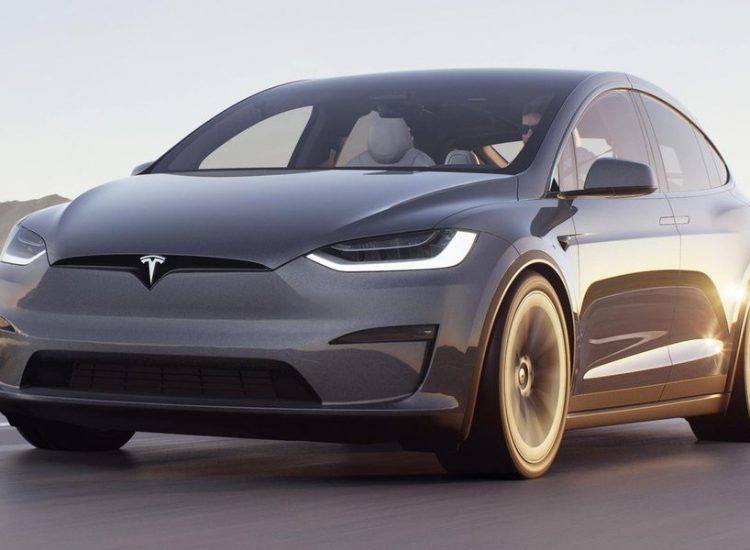The automotive industry has always been at the forefront of innovation, constantly pushing the boundaries of design and technology. As we move into the future, car design is set to undergo a revolution, driven by advancements in electric and autonomous vehicles, as well as changing consumer preferences. This article explores the innovations and trends that are shaping tomorrow’s vehicles, from sleek and aerodynamic exteriors to futuristic interiors that prioritize comfort and connectivity. Join us as we delve into the exciting world of car design and envision the future of transportation.
Toc
- 1. Exploring the Evolution of Car Design
- 2. Electric Revolution: How Electric Vehicles are Transforming Car Design
- 3. Autonomous Driving: The Impact of Self-Driving Technology on Car Design
- 4. Related articles 01:
- 5. Sustainable Materials: The Rise of Eco-Friendly Design in Automobiles
- 6. Connectivity and User Experience: Enhancing the Driving Experience through Technology
- 7. Related articles 02:
- 8. Shape-shifting Designs: The Future of Adaptive and Transformative Car Designs
- 9. Conclusion

- The Future of Car Design: Innovations and Trends Shaping Tomorrow’s Vehicles
Exploring the Evolution of Car Design
Car design has come a long way since the invention of the automobile. From the early days of horseless carriages to the sleek and aerodynamic vehicles we see on the roads today, car design has constantly evolved to meet the changing needs and desires of consumers. As we look towards the future, there are several key trends and innovations that are shaping the future of car design. These include the electric revolution, autonomous driving, sustainable materials, connectivity and user experience, and shape-shifting designs.
Electric Revolution: How Electric Vehicles are Transforming Car Design
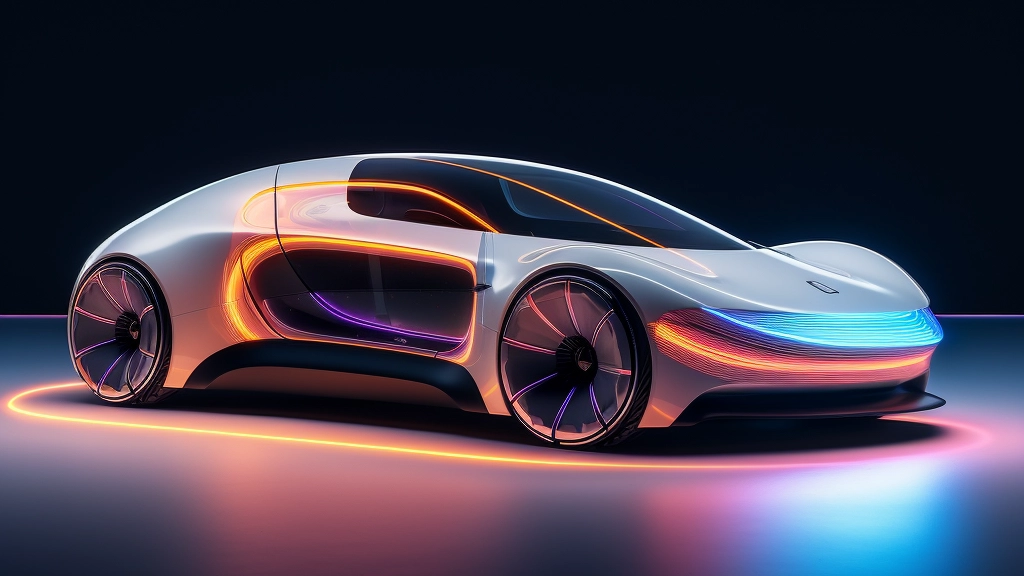
One of the most significant trends in car design is the shift towards electric vehicles (EVs). With the increasing concern over climate change and the need to reduce greenhouse gas emissions, many countries and automakers are investing heavily in the development of electric vehicles. This shift towards EVs is not only impacting the powertrain of cars but also influencing their overall design.
One of the key design elements of electric vehicles is the integration of the battery pack. Unlike traditional internal combustion engine vehicles, EVs require a large battery pack to store and deliver electricity to the electric motor. This has led to the need for innovative packaging solutions to optimize space and weight distribution within the vehicle. For example, some EVs have their battery packs integrated into the floor of the vehicle, resulting in a lower center of gravity and improved handling.
Another design consideration for electric vehicles is aerodynamics. With the goal of maximizing range, automakers are focusing on reducing drag and improving the overall efficiency of their EVs. This has led to the development of sleek and streamlined designs that minimize air resistance. For example, the Tesla Model S has a drag coefficient of just 0.23, making it one of the most aerodynamic production cars on the market.
Autonomous Driving: The Impact of Self-Driving Technology on Car Design
The rise of autonomous driving technology is another major trend that is shaping the future of car design. With the development of advanced sensors, artificial intelligence, and connectivity, self-driving cars are becoming a reality. This shift towards autonomous driving is not only changing the way we think about transportation but also influencing the design of vehicles.
One of the key design considerations for autonomous vehicles is the integration of sensors and cameras. These sensors are essential for the vehicle to perceive its surroundings and make informed decisions. However, integrating these sensors into the design of the car can be a challenge. Automakers are exploring various solutions, such as hidden sensors behind the grille or integrating them into the body panels, to maintain the aesthetics of the vehicle.
1. https://suvwars.com/archive/118/
2. https://suvwars.com/archive/463/
3. https://suvwars.com/archive/642/
Another design consideration for autonomous vehicles is the interior layout. With the removal of the driver, there is an opportunity to rethink the traditional layout of the car. Some automakers are exploring the concept of a “living room on wheels,” where the interior is designed to provide a comfortable and relaxing space for passengers. This includes features such as swiveling seats, retractable steering wheels, and large displays for entertainment and productivity.
Sustainable Materials: The Rise of Eco-Friendly Design in Automobiles

As the world becomes more conscious of the environmental impact of transportation, there is a growing demand for eco-friendly design in automobiles. This has led to the rise of sustainable materials in car design. Automakers are increasingly using recycled, renewable, and bio-based materials to reduce the carbon footprint of their vehicles.
One example of sustainable materials in car design is the use of recycled plastics. Many automakers are incorporating recycled plastics into various components of the vehicle, such as interior trim panels and underbody covers. This not only reduces the demand for virgin plastics but also helps to divert plastic waste from landfills.
Another example is the use of natural fibers in car interiors. Instead of traditional synthetic materials, automakers are exploring the use of materials such as bamboo, hemp, and flax for seat covers, door panels, and carpets. These natural fibers are not only renewable but also have a lower environmental impact compared to synthetic materials.
Connectivity and User Experience: Enhancing the Driving Experience through Technology
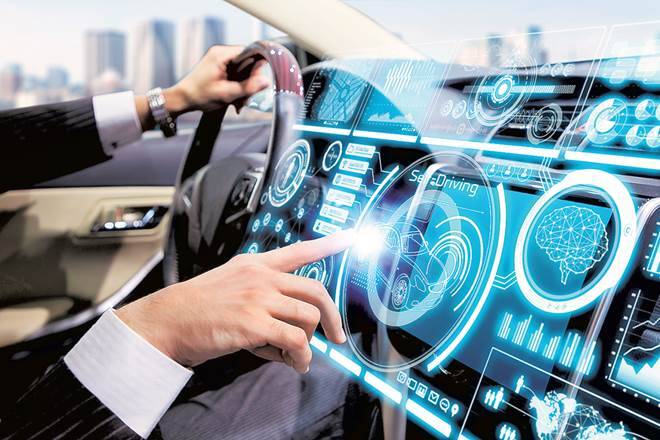
In today’s digital age, connectivity and user experience have become key considerations in car design. Consumers expect their vehicles to be seamlessly integrated with their smartphones and other devices, providing a connected and personalized driving experience. This has led to the integration of advanced infotainment systems, voice assistants, and smartphone integration in modern cars.
One of the key design elements in connectivity and user experience is the integration of large touchscreens and digital displays. These displays serve as the central hub for controlling various functions of the vehicle, such as navigation, entertainment, and climate control. Automakers are also exploring the use of augmented reality (AR) displays to provide real-time information and enhance the driving experience.
Another design consideration is the integration of voice assistants. With the rise of virtual assistants such as Siri and Alexa, automakers are incorporating voice recognition technology into their vehicles. This allows drivers to control various functions of the car, such as adjusting the temperature or changing the radio station, using voice commands, providing a safer and more convenient driving experience.
1. https://suvwars.com/archive/463/
2. https://suvwars.com/archive/118/
3. https://suvwars.com/archive/642/
Shape-shifting Designs: The Future of Adaptive and Transformative Car Designs
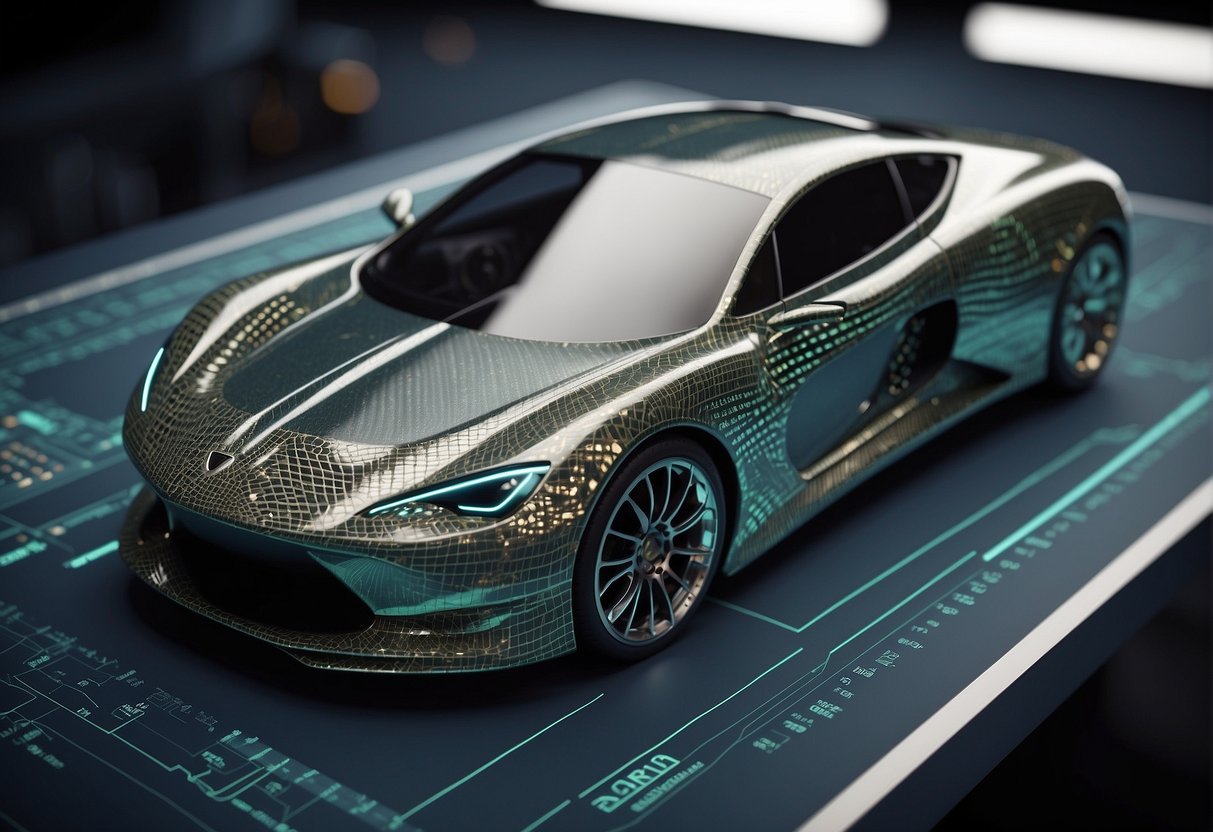
One of the most exciting trends in car design is the development of shape-shifting designs. These designs allow vehicles to adapt and transform based on different driving conditions and user preferences. From adjustable aerodynamics to flexible interiors, shape-shifting designs have the potential to revolutionize the way we think about cars.
One example of shape-shifting designs is the development of adjustable aerodynamics. Some high-performance cars are equipped with active aerodynamic systems that can adjust the position of spoilers, diffusers, and air vents to optimize downforce and reduce drag. This allows the vehicle to achieve better performance and efficiency depending on the driving conditions.
Another example is the development of flexible interiors. Some concept cars are exploring the use of flexible materials and modular seating arrangements to provide a versatile and adaptable interior space. This allows users to customize the interior layout based on their needs, whether it’s carrying passengers, cargo, or creating a comfortable workspace.
In conclusion, the future of car design is being shaped by several key trends and innovations. The electric revolution is transforming the way we think about powertrains and aerodynamics, while autonomous driving is changing the interior layout and integration of sensors. Sustainable materials are becoming increasingly important in reducing the environmental impact of vehicles, and connectivity and user experience are enhancing the driving experience through advanced infotainment systems and voice assistants. Finally, shape-shifting designs are pushing the boundaries of what is possible in terms of adaptability and customization. As we look towards tomorrow’s vehicles, it is clear that car design will continue to evolve and innovate to meet the changing needs and desires of consumers.
Conclusion
The future of car design is poised to be a thrilling blend of innovation, sustainability, and connectivity. As electric and autonomous vehicles become more prevalent, designers will have the freedom to reimagine the traditional car form, focusing on aerodynamics, energy efficiency, and user experience. From sleek exteriors that seamlessly blend with the environment to interiors that resemble luxurious lounges, the vehicles of tomorrow will not only be functional but also aesthetically pleasing and technologically advanced. With the integration of artificial intelligence, augmented reality, and advanced materials, the possibilities for car design are endless. As we eagerly await the arrival of these futuristic vehicles, one thing is certain – the future of car design will revolutionize the way we travel and redefine our relationship with transportation.
